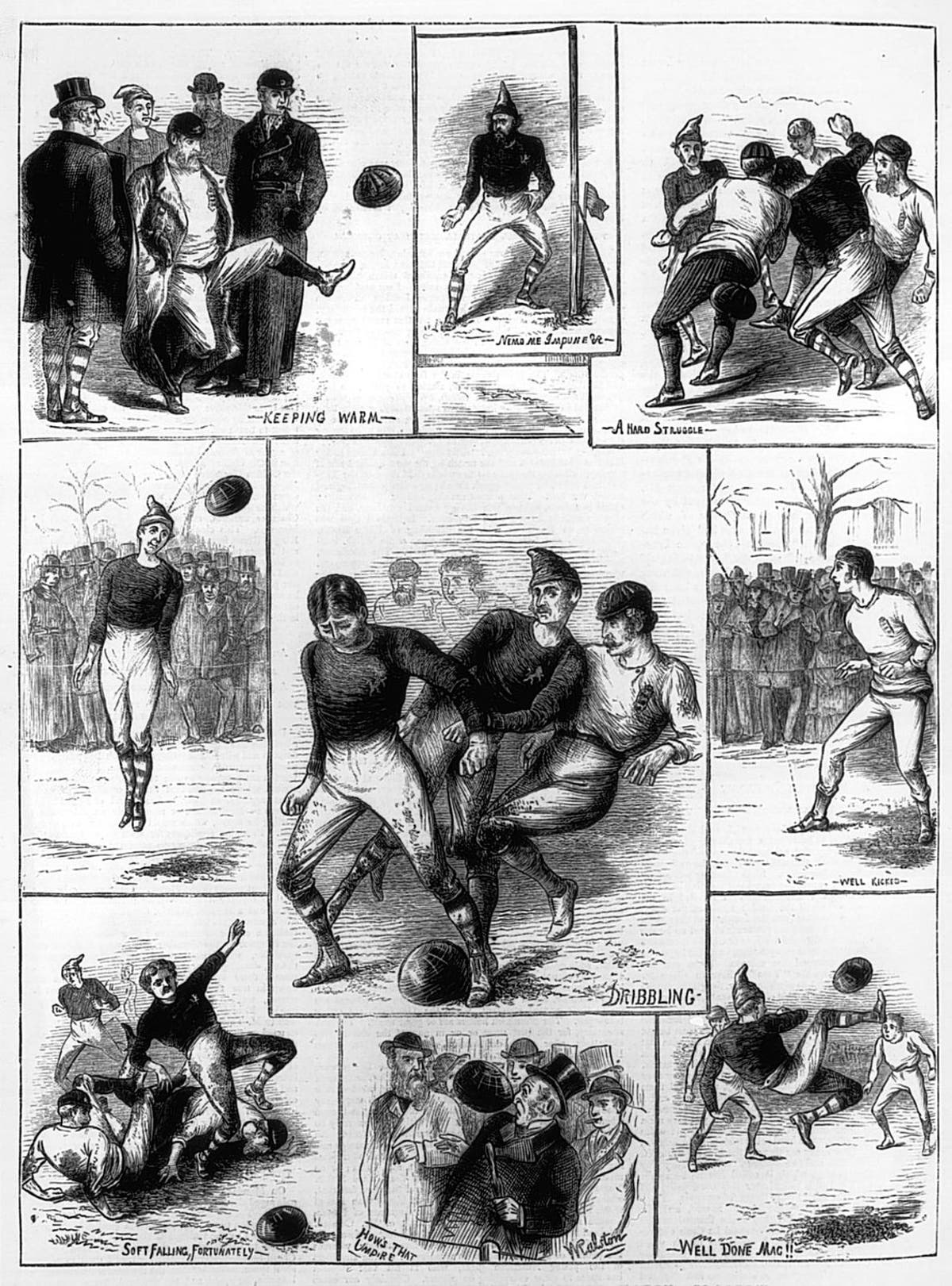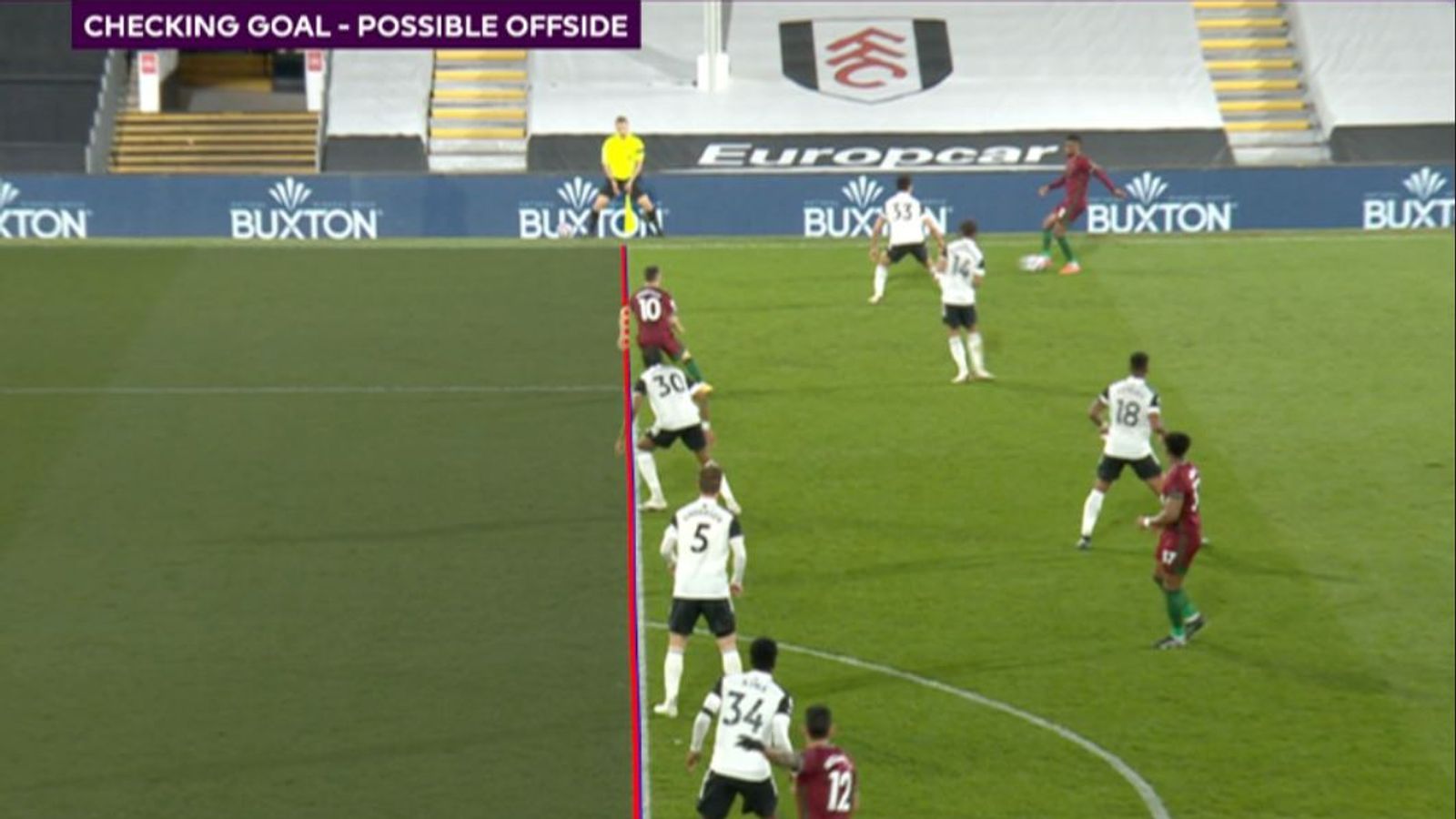Yes, my overview certainly does not contain all trials. They are only those mentioned in the IFAB protocols and in Rous' book on football rules. However, you have to be a bit careful with the years in Rous' book, because he was always one or two years off.
What I find so special about the offside rule:
1) There has always been a debate about offside. About the rule and its meaning as well as about offside decisions. Sure, sometimes less and sometimes more, but there is no year without discussions about offside (the same goes for handball). And that will remain the case. I think it is illusory to assume that offside will no longer cause a stir at some point ;-)
2) No rule and no rule change has such a strong influence on the game itself. Not only the change in 1866 in the FA Rules, which made combination play possible there, which was already common in other regions, no - see 3
3) Offside is closely intertwined with the theme of modern football or football as an entertainment medium. The next major change after 1866 happened in 1925: three opponents became 2 opponents. Why? The intention was to make football more offensive, higher-scoring and thus more attractive. More attractive for the entrepreneurs, of course, because it attracted more spectators and thus increased revenue. In 2021, we will be discussing the same thing. The change in 1990 (same height) was also made to make football more offensive. Making it more lucrative would probably be a more appropriate term.





 The precise language was "seeking to gain an advantage."
The precise language was "seeking to gain an advantage."